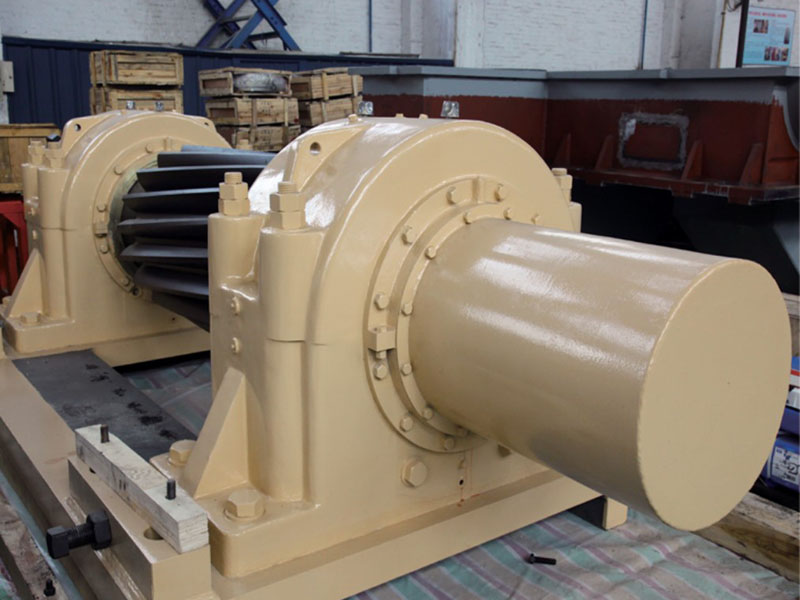Which type of limestone crushing equipment is commonly used?
The main component of limestone is calcium carbonate (CaCO3), which can be directly processed into stone and fired into quicklime. It is widely used as building materials and industrial raw materials. However, which type of limestone crushing equipment is commonly used? We offer you a purchasing guide and provide the process flow of the limestone crushing production line.

Which type of limestone crushing equipment is commonly used?
Which type of limestone crushing equipment is commonly used?
Limestone has a complex structure and belongs to medium hardness rock. The Mohs scale hardness is not higher than Grade 3 and the property is relatively brittle. According to the material characteristics, what kind of crusher is good for crushing limestone? Commonly used are jaw crushers, impact crushers, hammer crushers, and other equipment, which are highly popular and can meet industry standards while also meeting customer usage needs.
1. Jaw crusher
Generally used for head breaking, it adopts the principle of extrusion crushing. Its crushing chamber is deep (V-shaped) and there is no dead zone, which increases the throughput. It uses oversized bearings and forged spindles, which have greater bearing and crushing capacity. In addition, the flywheel design effectively reduces vibration and makes the operation smoother. It is also designed with hydraulic pressure, with reliable performance and low failure rate. The discharge port gasket is adjusted and the finished product specifications are complete.
Which type of limestone crushing equipment is commonly used?
2. Impact crusher
It is generally used for secondary crushing. It uses impact to crush materials and repeatedly impacts between the plate hammer and the impact plate for crushing. With a new structural design, the machine has strong rigidity, the rotor has a large Moment of inertia, and the finished limestone is in good shape, cubic, free of tension and cracks, with high comprehensive benefits.
3. Hammer crusher
Suitable for medium hardness and brittle materials, it relies on the impact of the hammer to break the materials. Modular design, by changing the cavity type, the conversion of coarse, medium, and fine crushing can be achieved, eliminating the initial breaking process and eliminating the need for secondary crushing and shaping processes. There are fewer overfilling phenomena, improving production efficiency and reducing investment costs.
Process flow and configuration plan of limestone crushing production line
The processing of limestone into stone generally requires processes such as coarse crushing, medium to fine crushing, and screening, as well as consideration of raw material particle size, production demand, budget, finished products, site, and other aspects. In addition, before processing limestone, enterprises must first handle relevant legal procedures, select suitable factory sites, and meet transportation and water and electricity convenience conditions. Infrastructure and cement platforms should be built, Complete the design of the limestone production line as follows.
keywords: